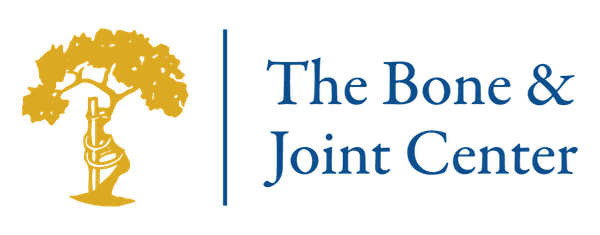Epidural Injections - Upper Back (Thoracic)
Click the white PLAY button to start video.
Read more about Epidural Injections - Upper Back (Thoracic)
Introduction
Anatomy
Your spinal cord is located within the protective spinal canal. The spinal cord extends from the brain and is a major part of your nervous system. The spinal cord does not fill the entire space in the spinal canal. Instead, the spinal cord is surrounded by the epidural space (cavity), which contains tissue, nerves, and blood vessels.
Spinal nerves extending from the spinal cord travel out of the thoracic spine to exchange nerve signals with your brain about specific parts of your body. The nerves at the thoracic level travel to the chest, middle back, and hands, sending information about sensation and movement. Thoracic level nerves supply your internal organs and the muscles that move the ribs when you breathe.
Causes
Thoracic epidural injections are used to treat pain associated with disc rupture (herniation) or disease, trauma, fracture, cancer, and curvature of the spine (scoliosis). Thoracic epidural injections can be helpful for nerve conditions associated with diabetes (diabetic neuropathy), shingles (post herpetic neuralgia), and of unknown origin (idiopathic thoracic neuralgia).
Symptoms
Diagnosis
Treatment
Epidural injections are short outpatient procedures that can be given at a surgery center, hospital, or your doctor’s clinic. You will wear a gown for the procedure. You will be positioned sitting up or lying down. Before you receive the epidural injection, the injection site on your back will be sterilized and numbed with an anesthetic. You may receive relaxation medicine before your procedure begins.
Your doctor will use a live X-ray image (fluoroscopy) to carefully insert and guide the needle to the epidural space. A contrast dye is used to confirm the needle placement. Next, the medication solution is delivered to the epidural space, and the needle is removed.
You will be monitored for several minutes before you can return home. Your doctor will instruct you on how to relieve temporary mild pain at the injection site. It is common to experience an initial slight increase in pain, followed by pain relief in a few days.

Copyright © - iHealthSpot Interactive - www.iHealthSpot.com
This information is intended for educational and informational purposes only. It should not be used in place of an individual consultation or examination or replace the advice of your health care professional and should not be relied upon to determine diagnosis or course of treatment.
The iHealthSpot patient education library was written collaboratively by the iHealthSpot editorial team which includes Senior Medical Authors Dr. Mary Car-Blanchard, OTD/OTR/L and Valerie K. Clark, and the following editorial advisors: Steve Meadows, MD, Ernie F. Soto, DDS, Ronald J. Glatzer, MD, Jonathan Rosenberg, MD, Christopher M. Nolte, MD, David Applebaum, MD, Jonathan M. Tarrash, MD, and Paula Soto, RN/BSN. This content complies with the HONcode standard for trustworthy health information. The library commenced development on September 1, 2005 with the latest update/addition on February 16, 2022. For information on iHealthSpot’s other services including medical website design, visit www.iHealthSpot.com.

